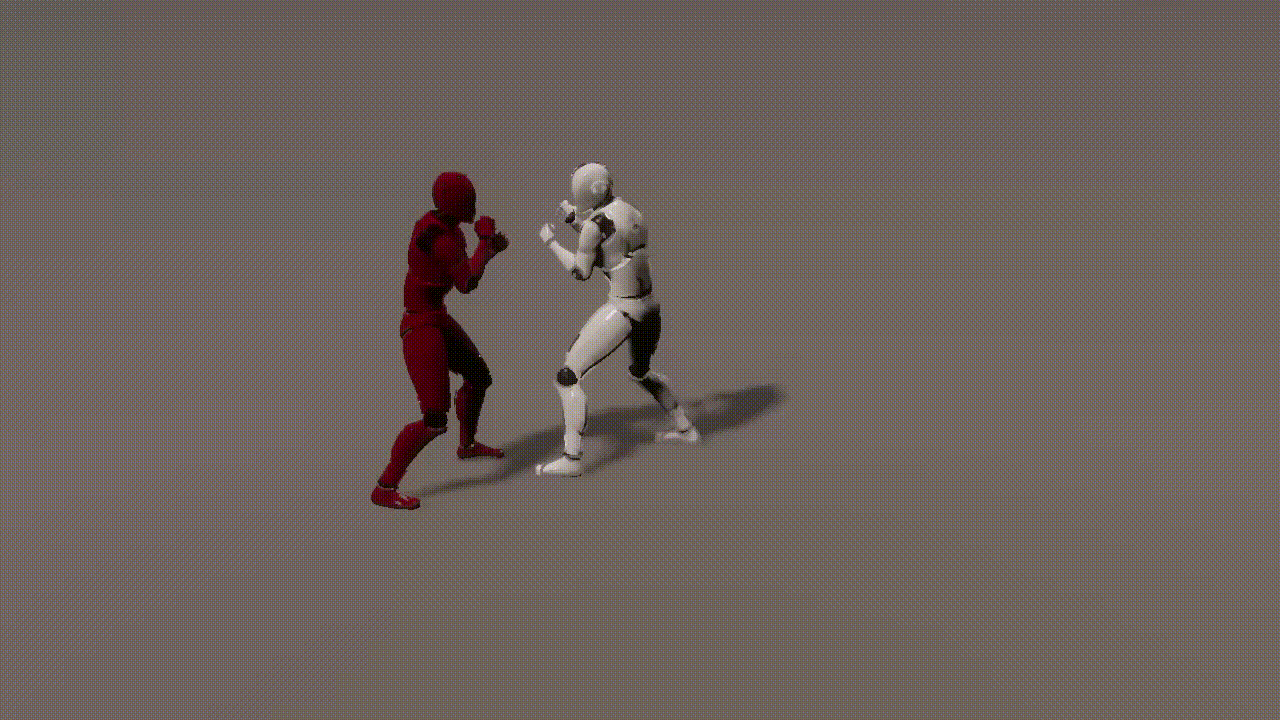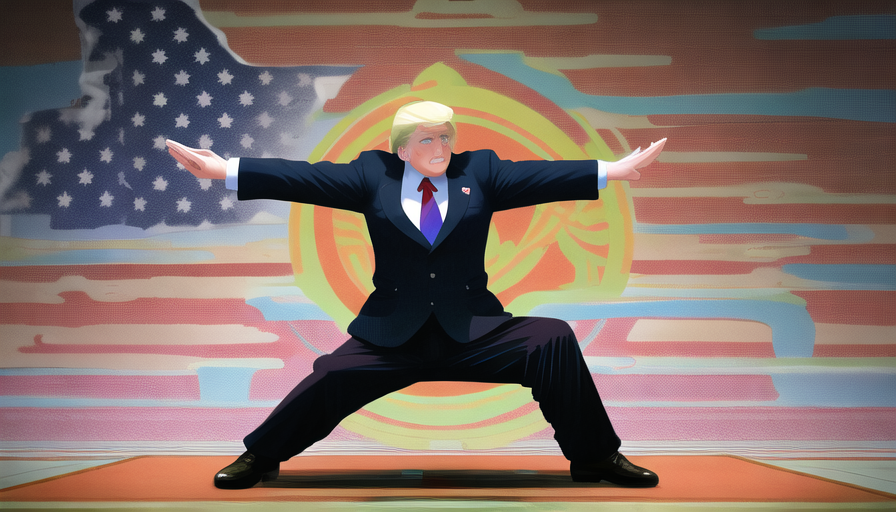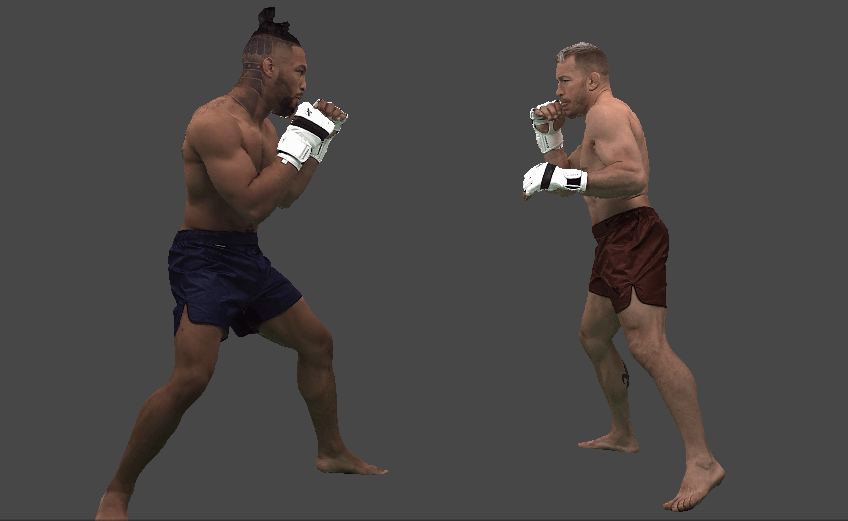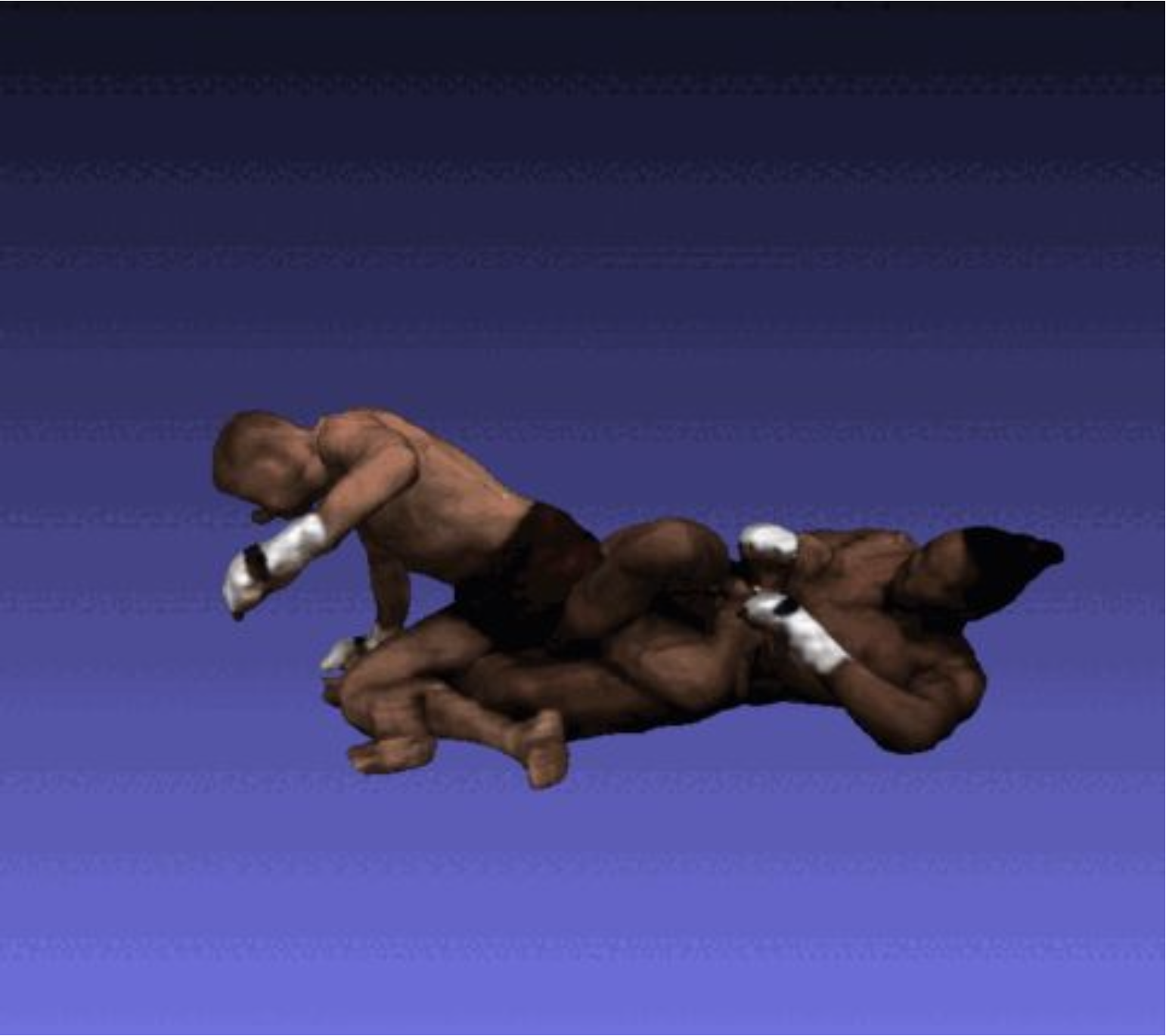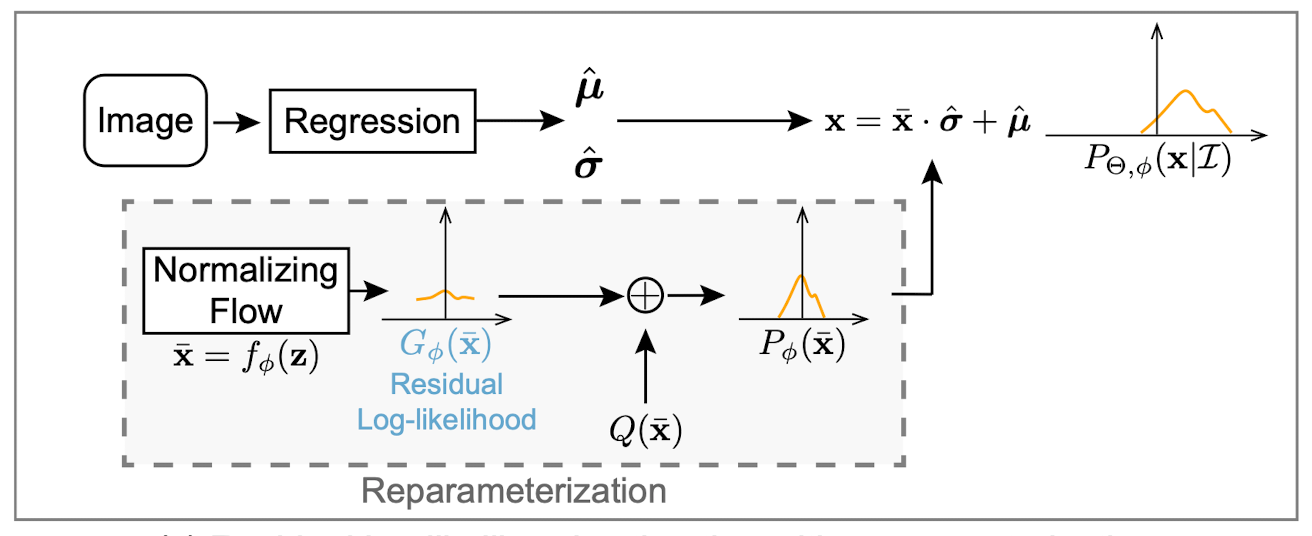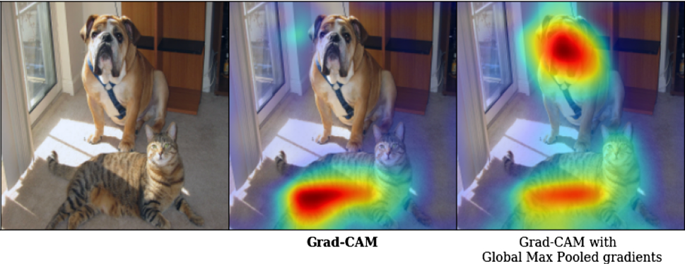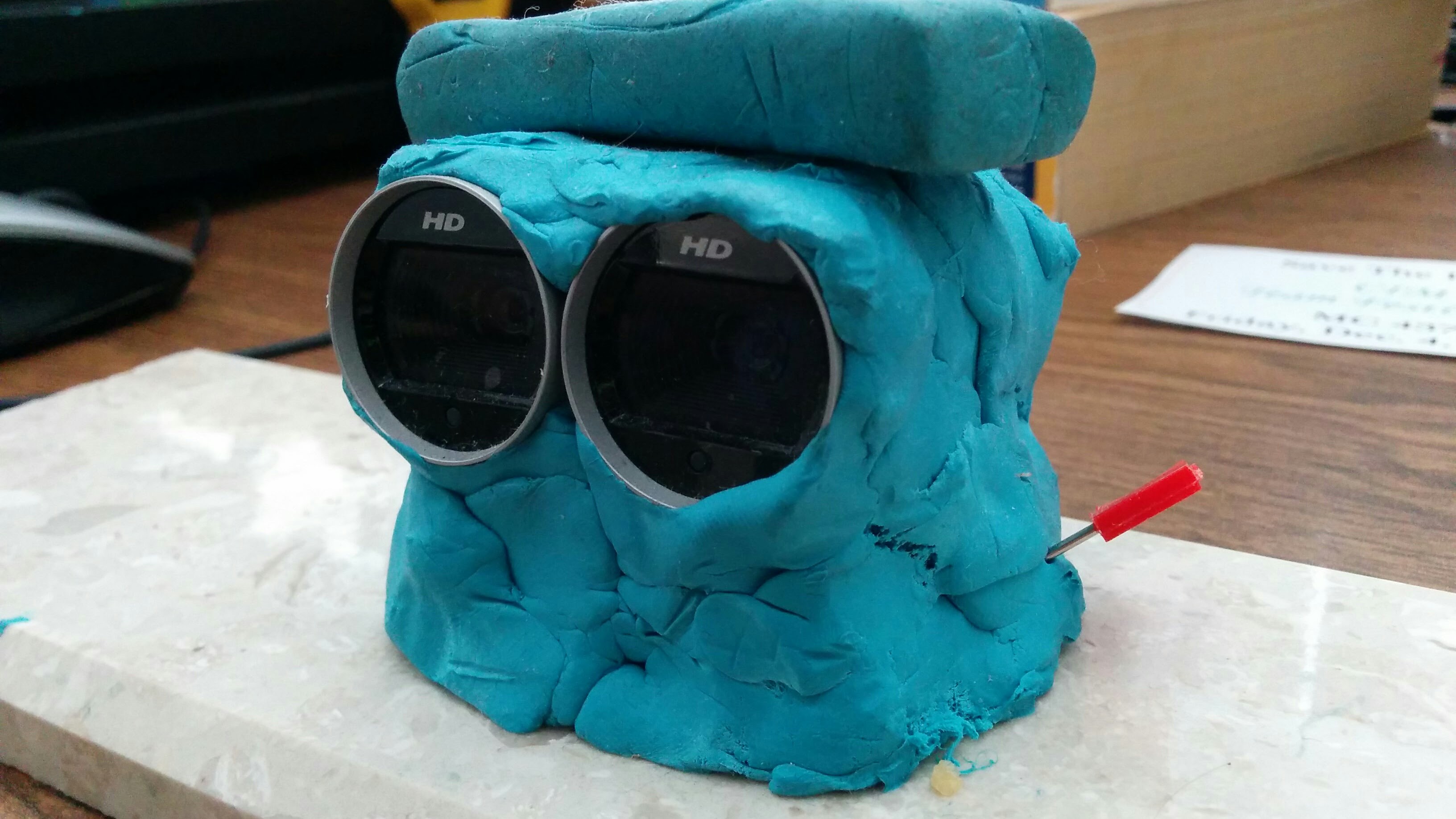Recursive Temporal-Consistent Video Generation on Latent Variables via Alpha Diffusion Framework: Integrating Global and Local Contextual Modeling for 30-Second Sequences
This paper introduces a novel framework for recursively generating temporally consistent content sequences of 30-second duration using an Alpha Diffusion architecture. By integrating global and local contextual modeling, our approach ensures coherence across temporal scales while maintaining high fidelity in content generation. The global context captures overarching structural patterns, while the local context refines fine-grained details, enabling seamless transitions and long-term consistency...
